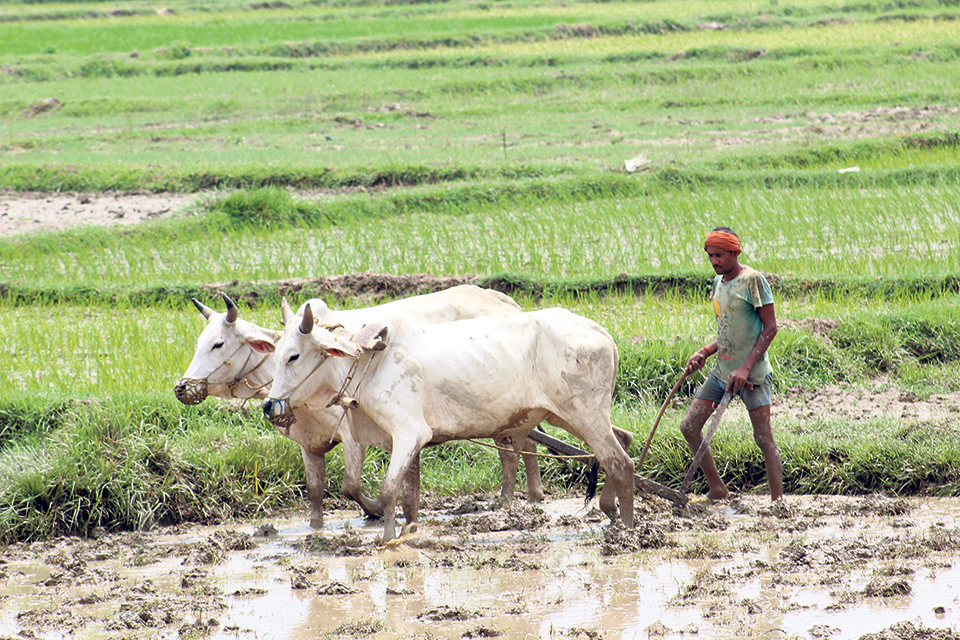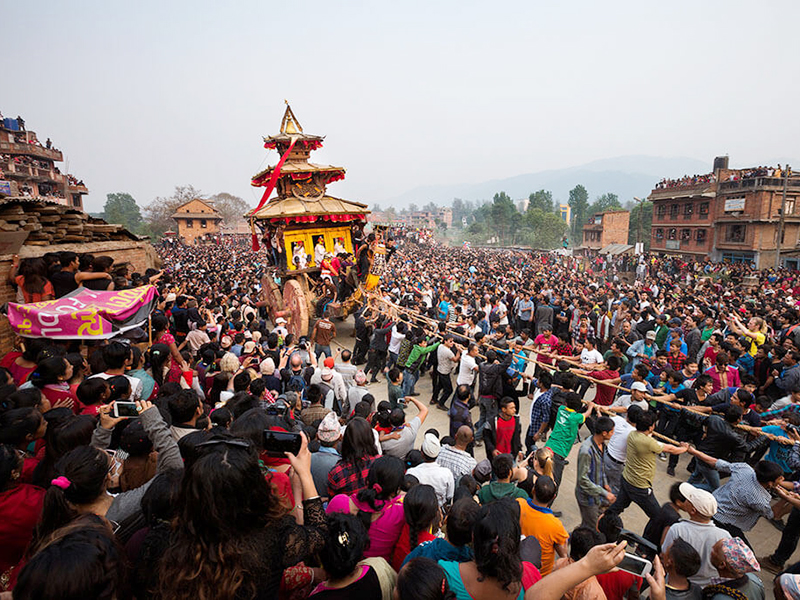Share this Article
Introduction
Nepal, a land of diverse cultures and traditions is home to a variety of ethnic communities, each with its own unique culinary heritage. Among these, the Sherpa people, who primarily inhabit the Himalayan regions, have a rich food culture that reflects their high altitude lifestyle and reliance on locally available ingredients. One such dish that stands out is Reldok, a traditional Sherpa food made primarily from potatoes known for its simplicity, nutritional value and ability to provide warmth and sustenance in the harsh mountain climate, Reldok is an essential part of Sherpa cuisine. This article explores the origins, cultural significance, preparation method, nutritional benefits and continued relevance of Reldok in Sherpa life today.
Origins and Cultural Significance of Reldok
Sherpas are an indigenous ethnic group of Nepal, originally from the eastern Himalayan region. Their cuisine has developed over centuries to suit their mountainous environment, where agriculture is limited to hardy crops such as potatoes, barley and buckwheat. Reldok is believed to have originated as a way to make a filling, nutritious meal using the staple crop of the region potatoes.
Potatoes were introduced to Nepal in the late 18th century and quickly became a staple for high-altitude communities like the Sherpas due to their adaptability to cold climates. Reldok emerged as a practical dish that could be made with minimal ingredients yet provided energy and warmth. Traditionally, it is eaten during cold seasons, often accompanied by butter tea (Suja) or simple vegetable stews.
Beyond being a staple food, Reldok holds cultural significance in Sherpa households. It is a symbol of sustenance, resilience and adaptability values deeply ingrained in Sherpa life. The dish is often prepared in communal settings, reinforcing the importance of family and shared meals in Sherpa culture.
Ingredients and Preparation of Reldok
One of the remarkable aspects of Reldok is its simplicity. It requires only a few ingredients, most of which are locally available in the Himalayan regions. The traditional ingredients include:
- Potatoes – The main ingredient, boiled and mashed to create a thick, smooth consistency.
- Salt – Enhances the flavor of the dish.
- Butter or Ghee – Adds richness and nutritional value, often used in traditional Himalayan diets to provide warmth and energy.
- Chili (optional) – Adds spice for those who prefer a bit of heat.
- Water or Broth – Used to adjust the consistency of the dish.
Preparation Method
1. Boiling the Potatoes – The first step in making Reldok is to boil the potatoes until they are soft enough to be easily mashed.
2. Mashing the Potatoes – Once boiled, the potatoes are mashed thoroughly while still warm. The consistency should be smooth and thick.
3. Add salt and Butter – Salt and butter (or ghee) are mixed into the mashed potatoes. The butter melts into the mixture, enhancing the flavor and texture.
4. Forming and Mixing – The mashed potatoes are worked with a wooden spoon or by hand to create a thick, dough-like texture. In some variations, a little warm water or broth is added to achieve the desired consistency.
5. Serving – Reldok is typically served warm, sometimes shaped into small portions and eaten with additional butter, cheese or chili.
Nutritional Benefits of Reldok
Reldok is not only a comforting and flavorful dish but also offers several health benefits, particularly for people living in high altitude regions. The dish is energy-dense, making it ideal for those who require sustenance to cope with the cold and physically demanding environment of the Himalayas. The key nutritional components include:
- Carbohydrates – Potatoes are an excellent source of complex carbohydrates, providing long lasting energy essential for Sherpas who often engage in physically demanding activities such as trekking and mountaineering.
- Healthy Fats – The addition of butter or ghee provides essential fats, which help maintain body warmth in cold conditions.
- Essential Minerals – Potatoes contain important minerals such as potassium, which helps in muscle function and hydration.
- Protein (Minimal) – While Reldok itself is not high in protein, it is often consumed alongside protein-rich foods like yak cheese, dried meat or lentil soups to create a balanced diet.
Reldok in Modern Times
Despite modern influences and the availability of new ingredients, Reldok remains a cherished dish among Sherpas and other communities in Nepal. It continues to be prepared in homes, particularly in rural Himalayan villages where traditional cooking methods are preserved.
With the increasing popularity of trekking and mountaineering in Nepal, many travelers and adventure seekers are introduced to Sherpa cuisine, including Reldok. Some trekking lodges and tea houses in the Everest region serve variations of Reldok to visitors looking for a taste of authentic Sherpa food. Its simple ingredients and satisfying texture make it a favorite among trekkers seeking warm, nourishing meals after a long day of hiking.
Moreover, Reldok is gaining attention in the culinary world as part of efforts to promote indigenous foods. Some Nepalese restaurants in urban areas and international locations with Himalayan communities have started incorporating traditional Sherpa dishes like Reldok on their menus.
Variations of Reldok
Although the basic recipe for Reldok remains the same, there are a few regional and personal variations:
- Cheese Reldok – Some versions include crumbled yak cheese, which adds protein and a rich, tangy flavor.
- Spicy Reldok – Some families prefer adding chili powder or Sichuan pepper to give the dish a spicier kick.
- Broth-Based Reldok – In some cases, a more liquid consistency is preferred, with added vegetable or meat broth for extra flavor.
- Herbed Reldok – Some modern adaptations incorporate fresh herbs like coriander or spring onions for a refreshing twist.
Conclusion
Reldok is a testament to the Sherpa people's ingenuity and resilience in making the most of their natural resources. This traditional dish, made from humble potatoes, reflects the warmth and hospitality of Sherpa culture. As Nepal continues to preserve and celebrate its diverse culinary heritage, Reldok remains a significant part of Sherpa identity, offering a taste of history, nourishment, and tradition.
For those who wish to experience authentic Sherpa cuisine, trying Reldok is a must. Whether enjoyed in the high altitude villages of the Himalayas or prepared in one’s kitchen with simple ingredients, this dish embodies the essence of comfort, tradition and sustenance. As global interest in traditional and indigenous foods grows, Reldok is poised to remain a beloved dish, cherished for its simplicity and deep-rooted cultural importance.
Categories:
Culture & Traditions
Tags:
HeritageOnAPlate
,
SherpaTradition
,
MountainCuisine
,
CulturalTastes
,
PotatoLegacy








